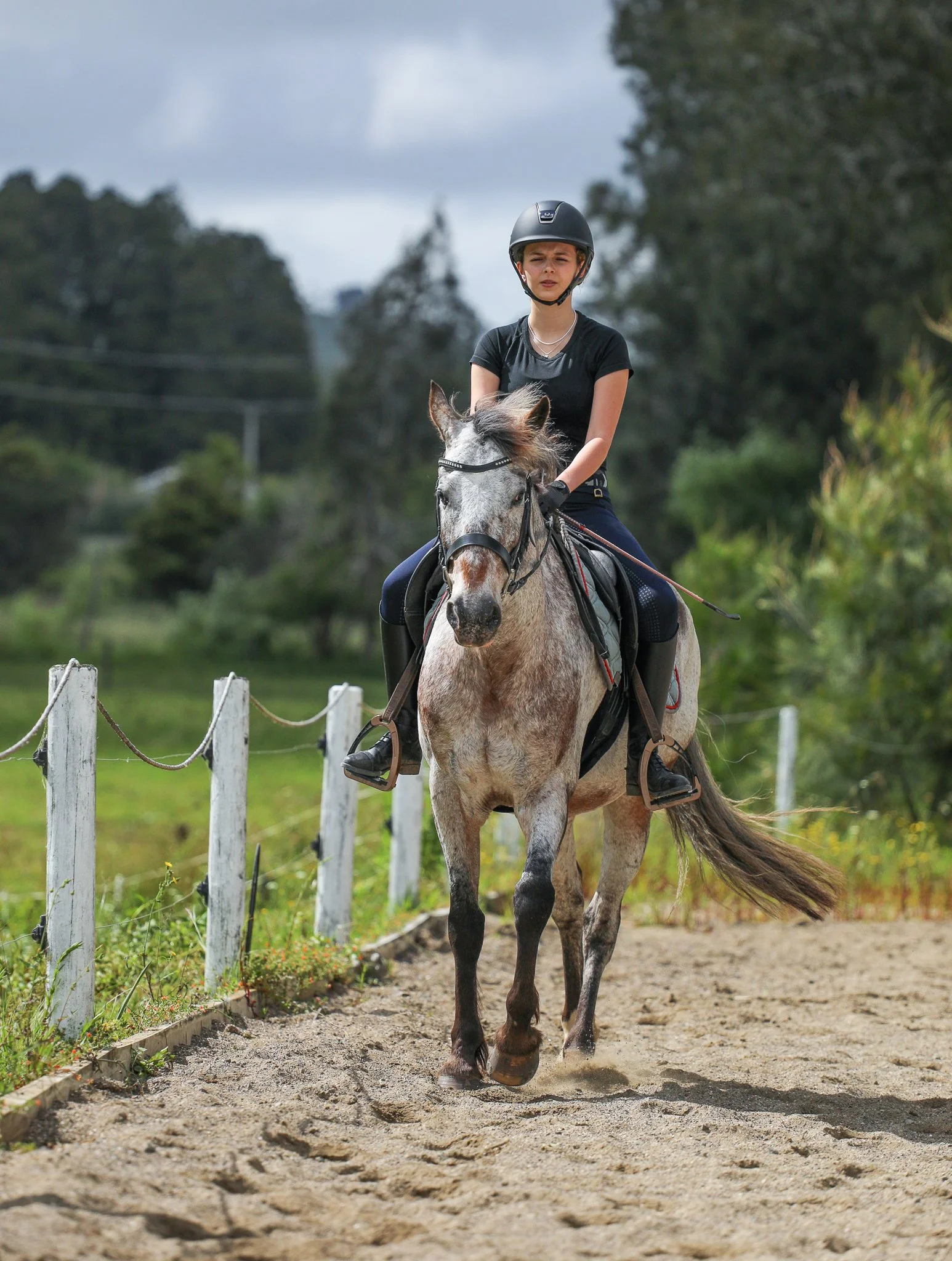Can You Teach “FEEL?”
Can you teach FEEL?
You may hear your instructor, or other equestrians talking about the riding concept that is ‘feel.’ So what is it? And can it be taught? Is it a legitimate super power?
Coaches are generally in agreement that it can be difficult to teach, but it is in no way impossible to learn this skill. Firstly, having an understanding of what feel actually is before you try to get your head around it on/with the horse is paramount. So..
What is ‘FEEL?’
There are a few definitions floating around, but the one I like best is:
‘Having an acute awareness of your horse’s movement, emotions, needs and cues, and being able to apply the aid or cue they require.’
So this really sums up why people believe great riders have ‘feel’. They are ultimately ‘in tune’ or ‘communicating’ with the horse. It also explains why it’s so mysterious; because it’s INVISIBLE.
I believe there are 4 pillars that allow you to develop this illusive skill as a rider:
1. Presence
To truly be in tune with your horse, you have to actually be present. This means both physically (not multitasking/off your phone/ talking to someone else) and mentally (thinking solely about the horse, not what’s for dinner).
2.Timing
Anyone who has been in my lessons this term will know how much I value this skill. Timing isn’t just knowing when to apply an aid, but knowing when to stop applying that aid. The more accurate and developed you are in your timing, the more obvious everything is to your horse, therefore building that line of communication.
3.Emotional Regulation
We can’t bring our emotions (more importantly the behaviours in our bodies that are a result of those emotions) to our horsemanship. Having the ability to be the leader our horse needs, the encouraging, patient teacher, is a true skill all of us can take accountability to work on.
4.Body Control/ Independent Seat
Being able to isolate each part of our bodies to influence the horse through our aids requires physical and mental fitness, as well as plenty of practice! You need to be able to have control over your leg, hand and seat doing different things at different times. This provides a comforting clarity for your horse. Clarity and ‘no surprises’ = safe.
More than anything, giving yourself regular time in the saddle is sure to improve this skill.
Have any questions? I look forward to hearing them in lessons next week…
Jen xx
Want to read more articles? Email me to let me know what you’d like me to write about next…



